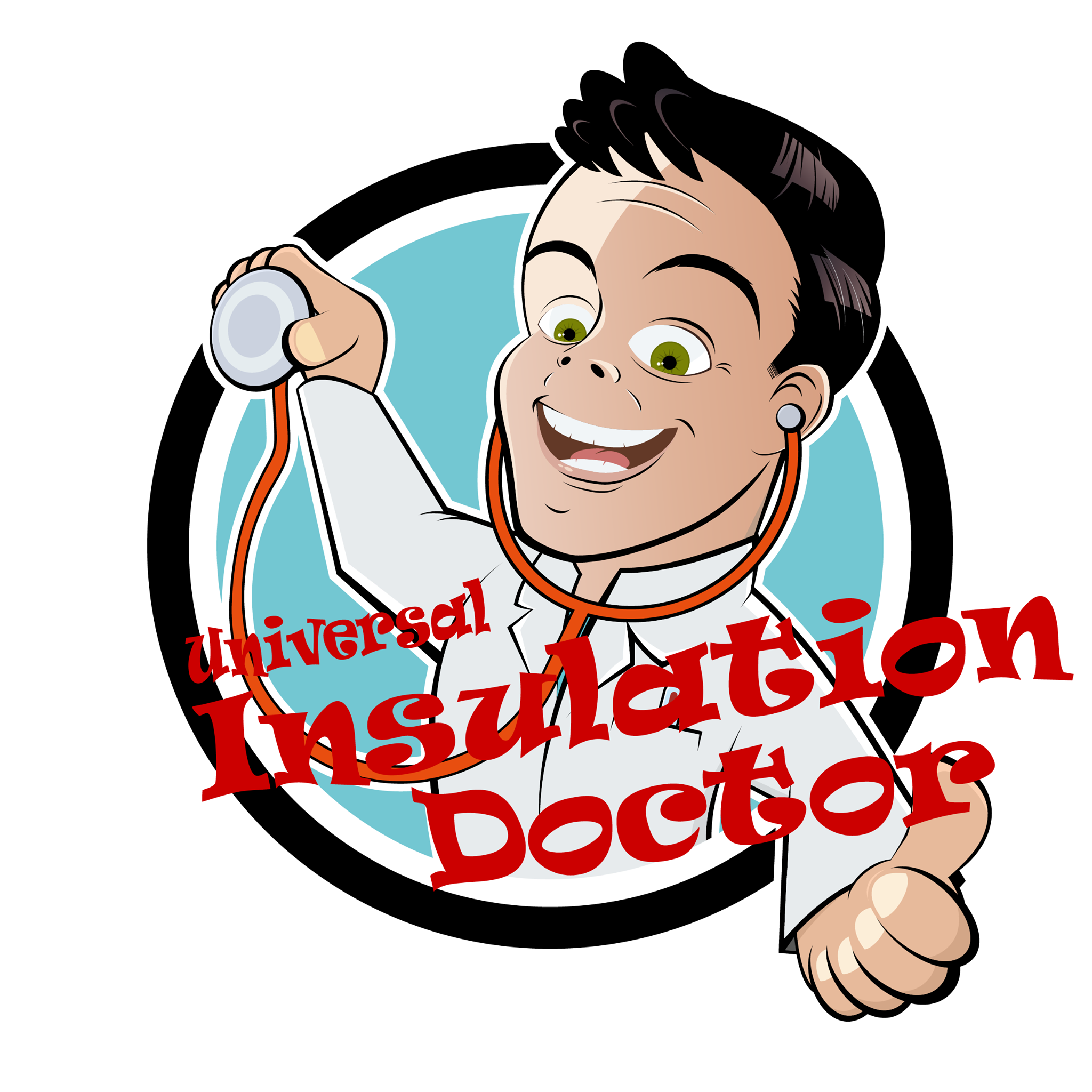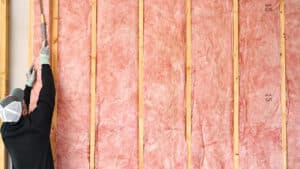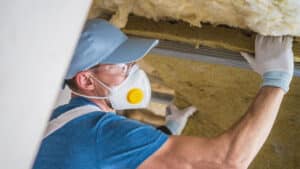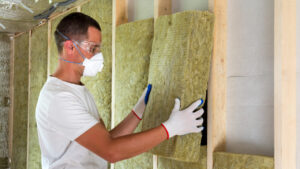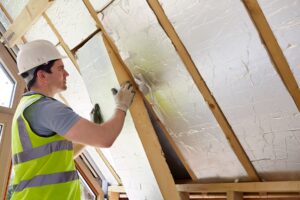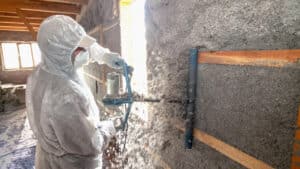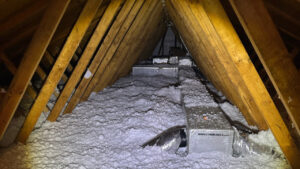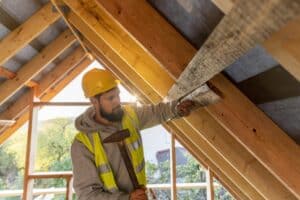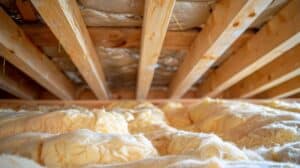Before the summer heat hits, now is the best time to upgrade your home’s insulation in Virginia Beach. One crucial aspect of maintaining a cool home during the hot months is proper thermal insulation. Universal Insulation, a leading insulation company serving Hampton Roads, emphasizes the importance of checking and upgrading your home’s insulation before the summer arrives.
The Role of Insulation in Summer
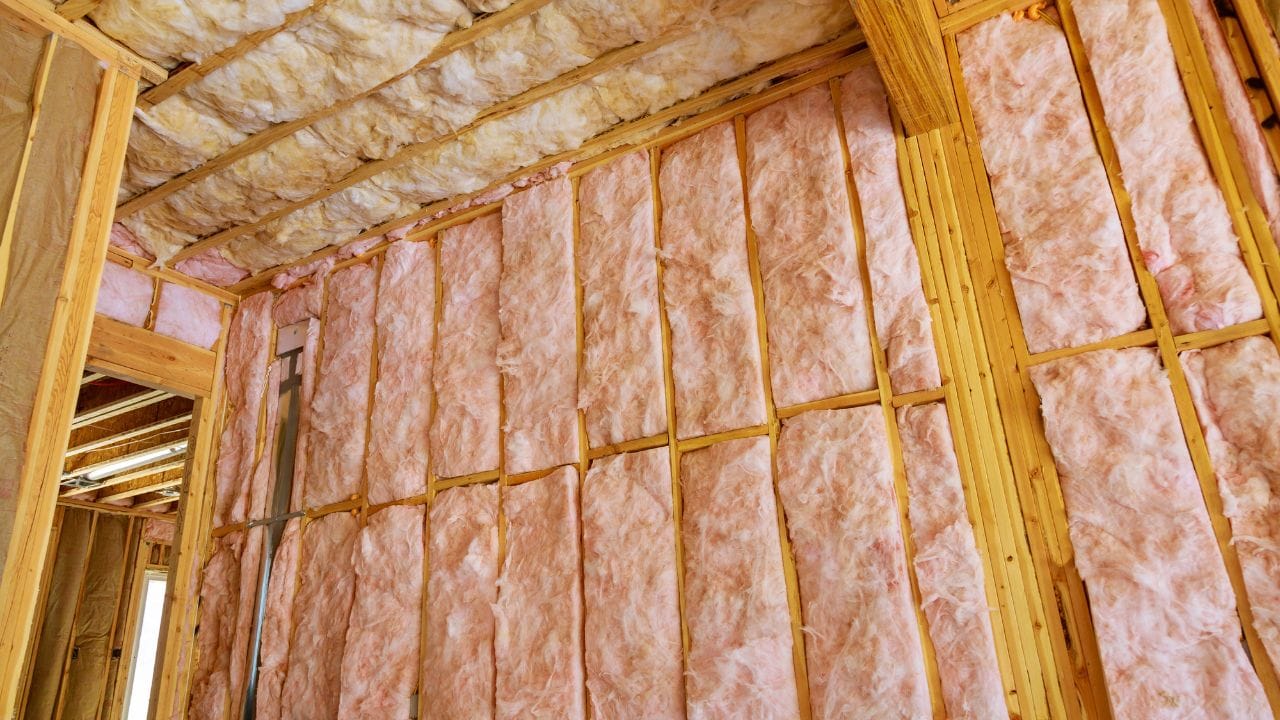
Insulation plays a vital role in regulating your home’s temperature, especially during the summer. It works by slowing down heat transfer, keeping the cool air inside and the hot air outside. The most common types of insulation suitable for Virginia Beach homes include fiberglass, cellulose, and spray foam. Each type has its own R-value, which measures the insulation’s resistance to heat flow. Higher R-values indicate better thermal insulation performance.
Fiberglass insulation is a popular choice due to its affordability and easy installation. It consists of fine glass fibers that trap air, creating an effective barrier against heat transfer. Cellulose insulation, made from recycled paper products, is an eco-friendly option that offers excellent thermal performance. Spray foam insulation, while more expensive, provides superior insulation properties and can seal even the smallest cracks and gaps.
Signs Your Home Needs Insulation Upgrades
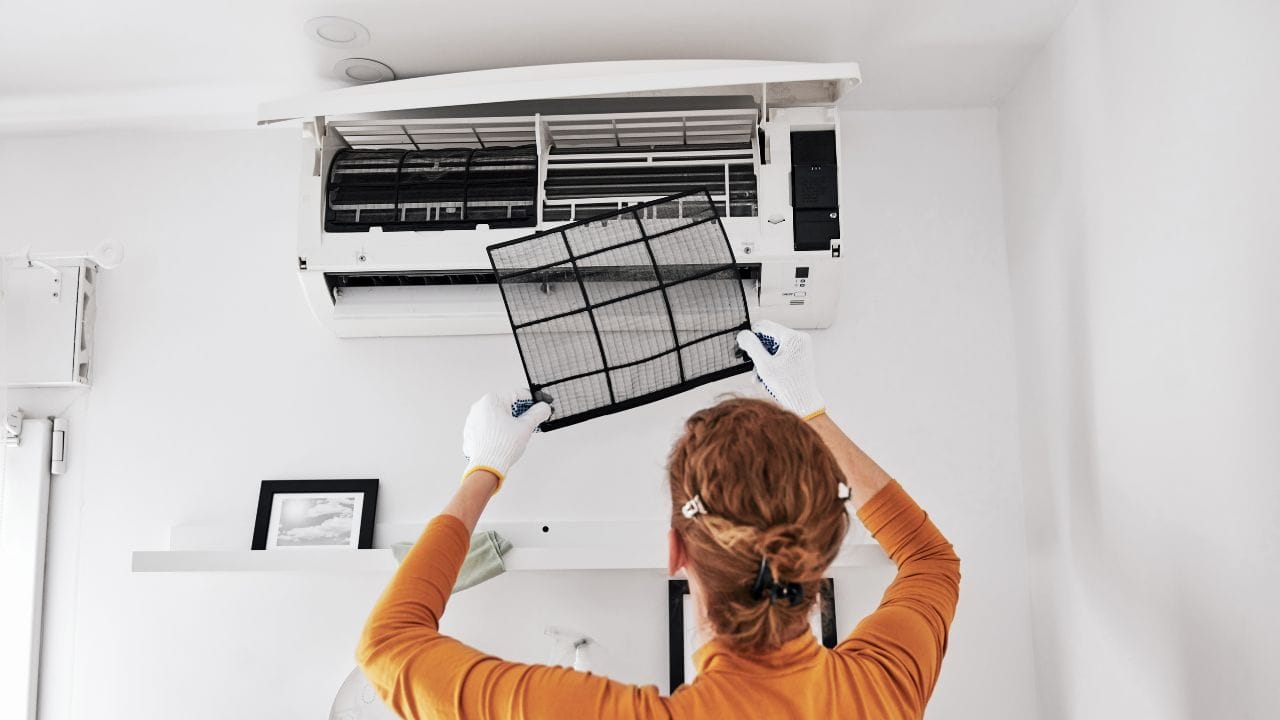
If you’re unsure whether your home needs an insulation upgrade, there are several signs to look out for. High energy bills during the summer months are a primary indicator that your insulation may be inadequate. When your home is poorly insulated, your air conditioning system has to work harder to maintain a comfortable temperature, leading to increased energy consumption and higher utility costs.
Uneven temperatures throughout the house are another sign of insufficient building insulation. If you notice that some rooms are significantly warmer than others, it could be due to gaps in insulation or areas where the insulation has settled or degraded over time. Drafts and hot spots in specific rooms are also telltale signs that your home’s insulation needs attention.
The age of your home and the condition of your existing insulation are important factors to consider. Older homes, particularly those built before modern energy efficiency standards were implemented, often have inadequate insulation in their crawl space, ceiling, or sub-floor. Even if your home is relatively new, the insulation may have shifted, settled, or become damaged due to moisture, termites, pests, squirrels, or other factors.
Benefits of Upgrading Your Insulation Before Summer
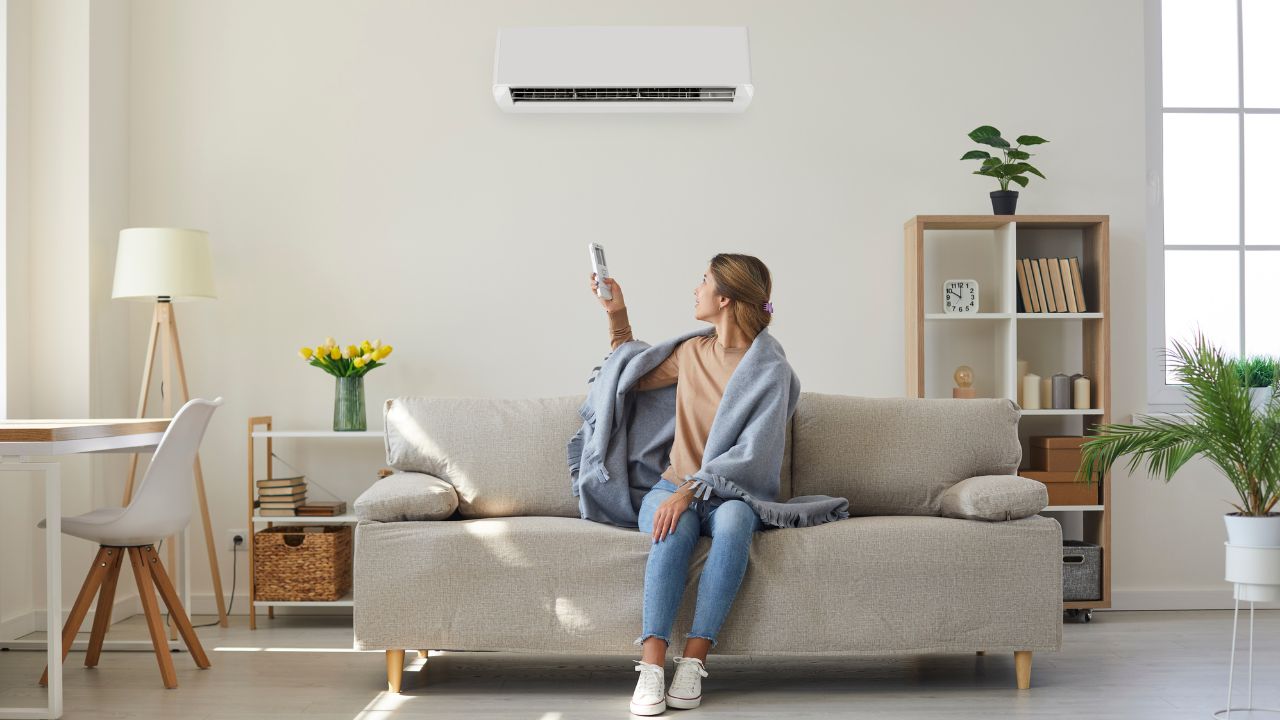
Upgrading your thermal insulation before summer offers numerous benefits. Firstly, it can significantly reduce your energy costs by improving your home’s energy efficiency. With proper insulation, your air conditioning system won’t have to work as hard to maintain a consistent temperature, resulting in lower utility bills. This not only saves you money but also reduces your carbon footprint by conserving energy.
Enhanced insulation also ensures a more comfortable living space with even temperatures throughout the house. No more dealing with stuffy, overheated rooms or cold spots. Proper insulation helps regulate the temperature, creating a balanced and pleasant environment in every room.
Upgrading your insulation also lessens the strain on your air conditioning system. When your home is well-insulated, your cooling system doesn’t have to run constantly to combat the summer heat. This can extend the life of your air conditioner, reduce the need for frequent repairs or replacements, and assist your energy conservation efforts.
Why Spring is the Best Time to Upgrade Your Insulation
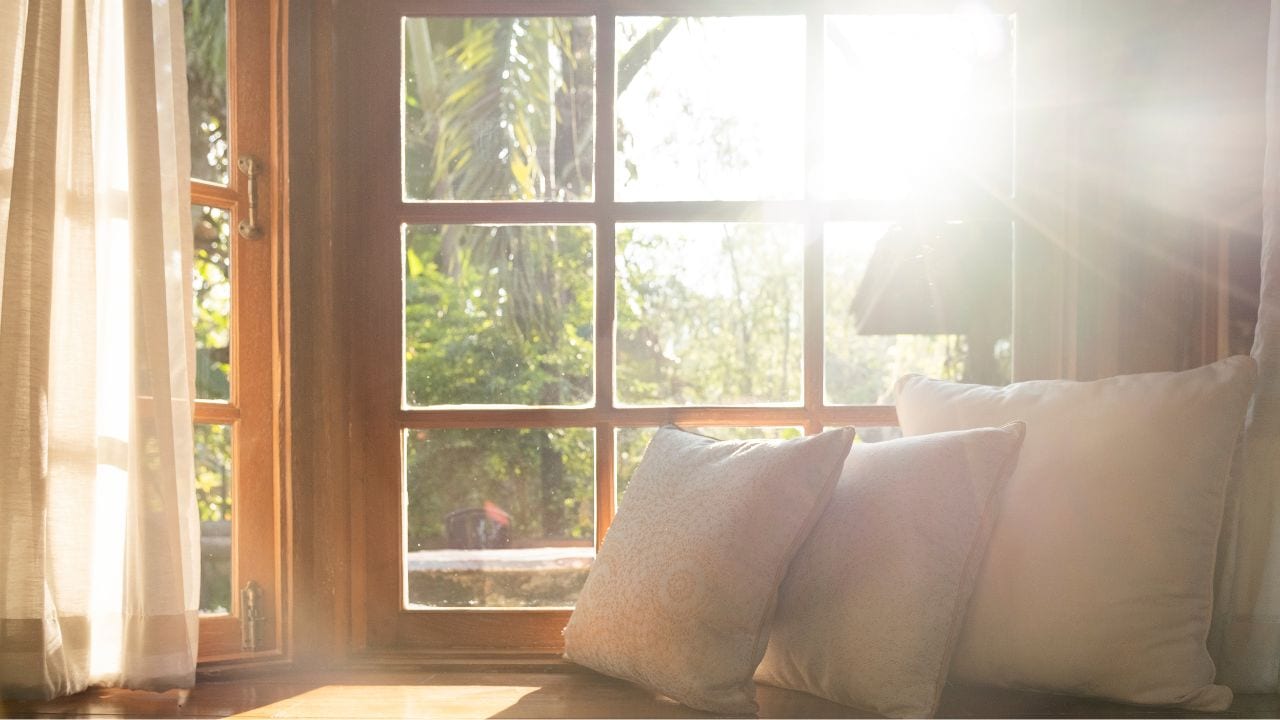
Spring is the ideal time to upgrade your home’s insulation. The mild weather conditions are perfect for installation, as the temperatures are not too hot or too cold. This allows insulation contractors to work efficiently and comfortably, ensuring a high-quality installation.
Additionally, by tackling your insulation needs in the spring, you can avoid the summer rush and potential delays. Many homeowners wait until the hot weather hits to address their thermal insulation issues, leading to a backlog of requests for insulation companies. By scheduling your insulation upgrade in the spring, you can ensure that your home is ready to handle the peak cooling season without any last-minute hassles.
How Universal Insulation Can Help
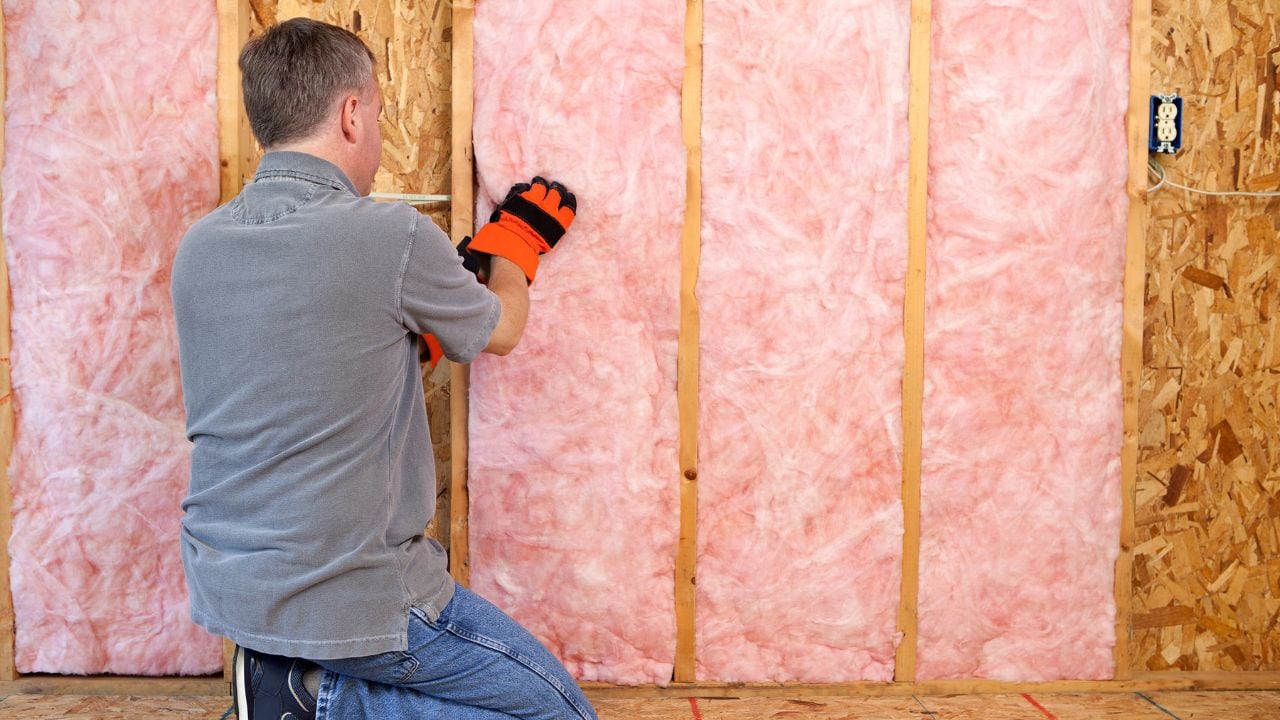
Universal Insulation’s team of experienced technicians is ready to help you prepare your home for summer. They offer professional insulation assessments, providing personalized recommendations based on your home’s specific needs. Their knowledgeable staff will evaluate your existing insulation, identify areas of improvement, and suggest the most suitable insulation solutions for your Virginia Beach home.
Using top-quality insulation materials from trusted manufacturers, Universal Insulation’s skilled team can efficiently install the necessary upgrades. They follow industry best practices and adhere to strict quality control measures to ensure that your home receives the highest level of insulation performance. Whether you need attic insulation, wall insulation, or a combination of both, Universal Insulation has the expertise to get the job done right.
In addition to the comfort and energy savings, upgrading your thermal insulation can also increase your home’s value and marketability. Potential buyers often prioritize energy-efficient homes, and a well-insulated house can be a significant selling point. By investing in insulation upgrades now, you can enjoy the benefits of a comfortable and energy-efficient home while also making your property more attractive to future buyers.
Universal Insulation also stays up-to-date with the latest thermal insulation technologies and techniques. They continually educate themselves on industry advancements to provide their customers with the most effective and innovative insulation solutions. Whether you have a traditional single-family home or a more complex residential property, Universal Insulation has the knowledge and skills to tackle any insulation challenge.
Conclusion
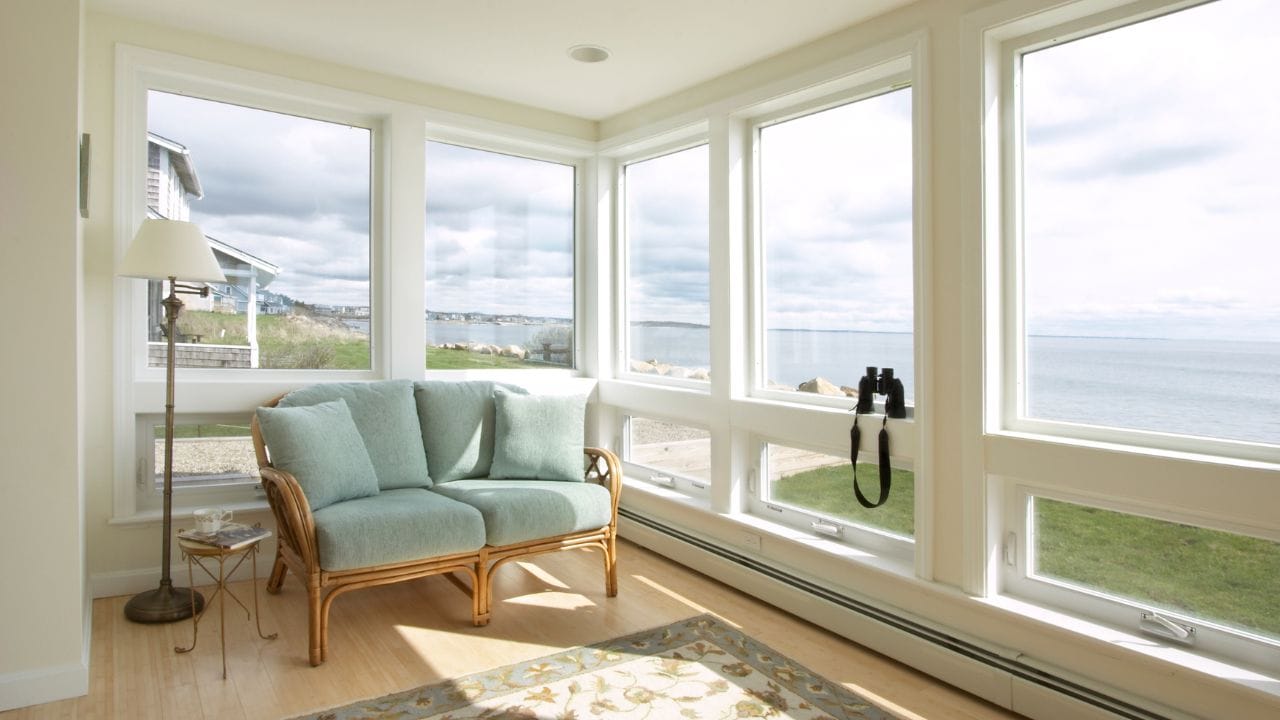
As the summer heat approaches, it’s crucial to ensure that your Virginia Beach home is equipped to handle the rising temperatures. Upgrading your thermal insulation is one of the most effective ways to improve your home’s comfort, energy efficiency, and overall value. By taking action now and scheduling a home insulation assessment with Universal Insulation Doctor, you can enjoy a cool and comfortable summer while also saving money on your energy bills.
Don’t wait until the summer heat is in full force to address your home’s insulation needs. Contact us today to schedule a home insulation installation service and take the first step toward a more comfortable and energy-efficient summer.
As an added benefit, if you’re also considering cleaning your air ducts, Universal Duct Cleaning offers top-notch duct cleaning services to optimize your home’s cooling system further. Clean air ducts can improve indoor air quality, reduce allergens, and enhance the overall efficiency of your cooling system.
Take control of your home’s comfort this summer by partnering with Universal Insulation and Universal Duct Cleaning. Their dedicated teams are committed to providing exceptional service and helping you create a cool, comfortable, and energy-efficient living space. Don’t let inadequate insulation and dirty air ducts compromise your summer comfort. Act now and enjoy the peace of mind that comes with a well-prepared home.
FAQ
How to check insulation in the house?
The best ways to check the insulation of a house yourself are:
- Conduct a Visual Inspection Start by visually examining the accessible areas of your home, such as the attic, walls, and floors adjacent to unheated spaces like the garage or basement. Look for exposed structural elements that reveal the type and depth of insulation. This will give you an initial idea of the insulation's condition and coverage.
- Check Electrical Outlets Electrical outlets can provide valuable insights into the presence of insulation in your walls. Remove the outlet covers and use a flashlight to peek into the crack around the outlet box. If you can see insulation, gently pull out a small sample to determine the type of insulation used. It's crucial to check outlets on all floors and in both older and newer parts of the house, as insulation levels can vary significantly.
- Inspect Unfinished Areas Don't forget to assess the insulation in unfinished areas of your home, such as basement ceilings, walls, and crawlspaces. Measure the thickness of the insulation to ensure it meets the recommended standards for your region. If you have a relatively new home, consult with the builder or previous homeowner to inquire about the use of exterior insulation, which may not be visible during your inspection.
- Utilize Thermal Imaging Thermal imaging cameras are powerful tools for detecting areas of missing or inadequate insulation. These cameras highlight temperature differences on walls and ceilings, indicating potential insulation gaps. Consider hiring a professional insulation contractor, like Universal Insulation Doctor, to conduct a thorough thermal imaging assessment of your home.
- Perform DIY Tests In addition to visual inspections and thermal imaging, there are simple DIY tests you can perform to identify air leaks that suggest missing or ineffective insulation. The paper test involves holding a piece of paper up to windows and doors to check for air movement. Similarly, the smoke test uses a lit incense stick to locate drafts around potential problem areas.
Remember, insulation levels can vary significantly throughout your home, so it's essential to be thorough in your assessment. By checking outlets, attics, basements, and utilizing thermal imaging, you can gain a comprehensive understanding of your home's thermal insulation needs.
Is it worth replacing old insulation?
Yes, it is worth it to replace old insulation. Between the warmer environment, quieter rooms, and the savings you earn from more efficient HVAC systems, it's a worthwhile investment to fix the old thermal insulation in your home.
Can I put new insulation on top of old?
As an insulation expert at Universal Insulation Doctor, I can say that in many cases, it is possible to add new insulation on top of old insulation. This is often referred to as"retrofitting" or"topping up" thermal insulation. However, there are several important factors to consider before proceeding with this method:
1. Insulation Type
The type of existing insulation in your home plays a crucial role in determining whether you can add new insulation on top. If you have loose-fill insulation, such as cellulose or fiberglass, adding more of the same type is generally acceptable. However, if you have batt insulation, it's essential to ensure that the new layer is compatible and won't compress the existing material, which could reduce its effectiveness. When in doubt, consult with a professional insulation contractor like Universal Insulation Doctor for guidance.
2. Insulation Condition
Before adding new insulation, inspect the existing insulation for any signs of damage, moisture, or mold. If the old insulation is wet, compressed, or contaminated with water, it's best to remove it entirely and start fresh with new insulation. Adding new insulation on top of damaged material can lead to further issues down the line, compromising your home's energy efficiency and indoor air quality.
3. Depth and R-Value
Consider the depth and R-value of your existing insulation. R-value measures the insulation's resistance to heat flow, with higher values indicating better insulating properties. If your current insulation depth is insufficient or the R-value is below recommended levels for your region, adding new insulation on top can help improve your home's energy efficiency. However, if the existing insulation is already at an optimal level, adding more may not provide significant benefits.
4. Ventilation
Ensure that adding new building insulation won't impede proper ventilation in your attic or crawl spaces. Maintaining adequate airflow is crucial for preventing moisture buildup, mold growth, and potential structural damage. If you're unsure about the impact of additional insulation on your home's ventilation, consult with a professional insulation contractor
5. Code Compliance
When adding new insulation, make sure to comply with local building codes and regulations. These codes may specify the required R-values for different areas of your home and provide guidelines for installation techniques. Working with a licensed and experienced building insulation contractor like Universal Insulation Doctor ensures that your insulation upgrade meets all necessary standards.
In summary, while it is often possible to add new thermal insulation on top of old insulation, it's essential to consider factors such as insulation type, condition, depth, ventilation, and code compliance. At Universal Insulation Doctor, our knowledgeable professionals can assess your home's unique needs and recommend the most appropriate insulation solution, whether that involves topping up existing insulation or performing a complete replacement.
How long does it take to insulate a house?
A typical Hampton Roads attic can take 1-2 days depending on the material. A basement can. take1-2 days, and wall insulation can also take 1-2 days for an average sized home.
